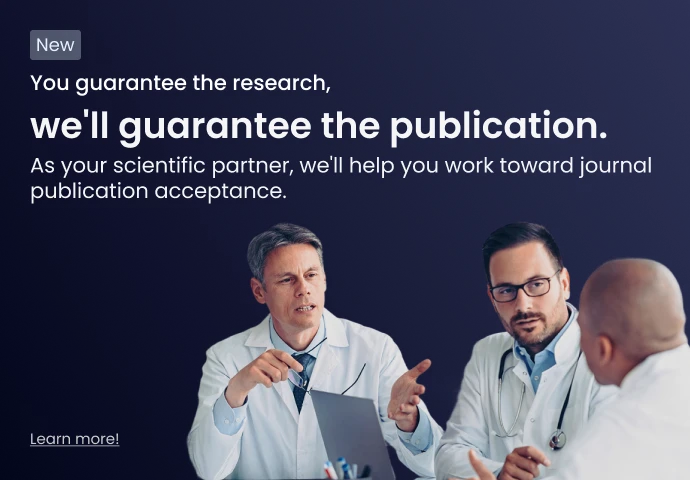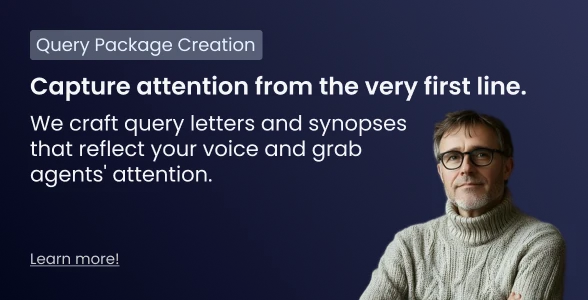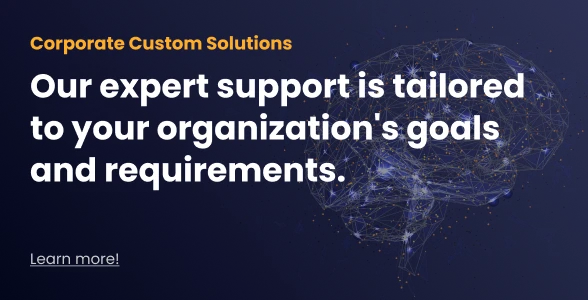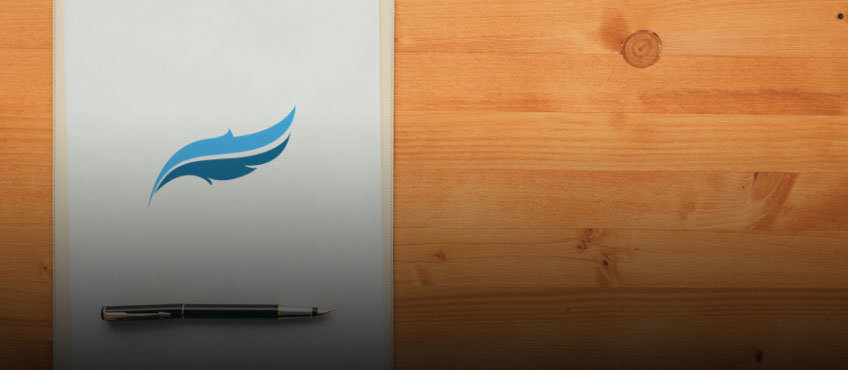Written by Scribendi
New research is constantly being conducted, published, and shared. In the digital era, the ways researchers can disseminate their findings have multiplied. Instead of relying on the printed word as controlled by publishing houses, corporations, or scholarly institutions, authors can now make their research openly accessible via the internet. In fact, this movement has underscored the importance of open access to scholarly research and knowledge development.
If you aren't sure what open access means or how to make your research openly accessible, keep reading and join us on a deep dive into this topic.
What Is Open Access?
"Open access," simply defined, is "the practice of making peer-reviewed scholarly research and literature freely available online to anyone interested in reading it." Others can read, share, and build on open access research without having to pay fees to do so.
The door to open access research, however, isn't always wide open. There are degrees of freedom with which researchers can share, reuse, post, and otherwise use open access articles, and there are different types of open access.
What Are Recent Developments in Open Access Publishing?
Open access publishing continues to gain traction among academics as an impactful method of disseminating research findings. Institutions and funding agencies worldwide advocate for open access to scholarly literature as a way to democratize access to knowledge and maximize its societal influence.
Several recent developments highlight the growing momentum of open access publishing:
- Policy Changes: Major funding bodies and governmental agencies are implementing policies mandating open access to research outputs funded by public grants. In the European Union, Horizon Europe mandates open access to all research articles resulting from its funding. Similarly, the United States National Institutes of Health (NIH) has longstanding policies requiring grantees to make their research findings openly accessible through PubMed Central.
- Expansion of Open Access Journals: The number of open access journals across various disciplines continues to grow steadily. Many established publishers, as well as newer open access–only publishers, are providing platforms for researchers to publish their work without access barriers. This expansion offers academics a broader range of options for disseminating their research openly.
- Preprint Servers: Preprint servers, such as arXiv, bioRxiv, and medRxiv, are increasingly popular platforms for sharing research outputs openly before peer review. Preprints enable rapid dissemination of findings and facilitate collaboration among researchers. Many journals now accept submissions that have been previously shared as preprints, further integrating preprint servers into the scholarly publishing ecosystem.
- Shift toward Open Educational Resources (OER): In addition to research articles, there is a growing emphasis on open access to educational materials. Open educational resources (OER), including textbooks, lecture slides, and course materials, are gaining traction as institutions seek to reduce educational costs and increase accessibility for students.
- Community Initiatives: Various community-driven initiatives are advocating for greater transparency and openness in scholarly communication. Examples include the Plan S initiative, which aims to accelerate the transition to full and immediate open access to research publications, and the Open Access Button, a browser bookmarklet that helps users find freely accessible versions of paywalled research articles.
These developments underscore the continued evolution of open access publishing as a transformative force in academia, with increasing support from stakeholders across the research ecosystem.
What Are the Types of Open Access?
Gratis vs. Libre
"Gratis" simply means "free." Anyone can make their research publicly available online without charging others to read it, but the user does not automatically gain "the right to make copies, distribute, or modify the work in any way beyond fair use" from these types of open access articles.
"Libre," another word for "free," takes gratis open access one step further. With a Creative Commons license, researchers can "give the public permission to share and use [their] creative work" on a legal basis.
Green vs. Gold
Green and gold open access refer to two publishing routes: The first "involves archiving a version of the manuscript in an [open access] repository," such as a public archive, while the second "involves publishing articles or books . . . on a publisher's platform." The gold route comes at a cost but has several advantages, including the prestige associated with being published by a well-known scholarly journal.
Now that you have an idea of what open access is, let's take a deeper look at its significance to both academia and society.
Why Is Open Access Important?
If you're unfamiliar with academia, you might not be familiar with the open access debate. As an introduction to this topic, an eight-minute YouTube video with hand-drawn images (Open Access Explained!) outlines the history of research publication leading to the open access debate.
Despite the advent of digitization, where articles can be published online without the costs of printing and sharing thousands of copies, traditional publishers of academic research—scholarly journals—charge libraries, scholars, and other individuals increasingly high fees to access published research. These fees are known as a "paywall."
The Scholarly Publishing and Academic Resources Coalition (SPARC) presents a convincing argument on the need for open access. Although much research is government funded, with researchers and peer reviewers receiving little to no compensation for their work, the benefits of research are limited by paywalls. SPARC points out the underlying contradiction in the current publication model: "though research is produced as a public good, it isn't available to the public who paid for it." That is, the results of potentially groundbreaking research "are hidden behind technical, legal, and financial barriers." Open access breaks down these barriers, with potentially dramatic outcomes.
What Are the Effects of Open Access?
Thus far, we have only hinted at the amazing benefits of open access regarding knowledge sharing and development. Let's look at more concrete examples of the effects of open access.
Perhaps the most dramatic example is taken from the field of medicine. The World Health Organization published a bulletin titled "The Impact of Open Access upon Public Health," opening with a story by Arthur Amman, President of Global Strategies for HIV Prevention:
"I recently met a physician from southern Africa, engaged in perinatal HIV prevention, whose primary access to information was abstracts posted on the Internet. Based on a single abstract, they had altered their perinatal HIV prevention program from an effective therapy to one with lesser efficacy."
If the physician had access to the full article in this situation, they could have accessed the validity and reliability of the study's findings, the limitations of the study, and its applicability to their healthcare context. Open access to medical information (or a lack thereof) can directly affect the quality of healthcare.
Open access to information also has broader effects on society. In a Wired article called "How Will Open Access to Information Affect Society?" Director of UNESCO's Knowledge Societies Division Indrajit Banerjee stated the following:
"New technologies provide unprecedented opportunities. . . . Knowledge is a multiplier and enhancing access to information is critical—especially for developing countries. It will help us overcome barriers to knowledge that have for centuries led to ignorance, exclusion and disempowerment."
Overcoming barriers to knowledge is crucial worldwide. We can all benefit from greater access to information—though the shift to open access does, of course, present troublesome ramifications.
Delta Think, a company that helps "publishers, membership organizations, and information providers anticipate, create, and manage change," notes the fundamental shift facing academic publishers: in place of "a subscription 'curation' model," journals will be forced to adapt to an "author-centric model" of open access publication—potentially losing profits.
Of course, the shift to an author-centric model is beneficial from a researcher's perspective, making open access publication an increasingly desirable option.
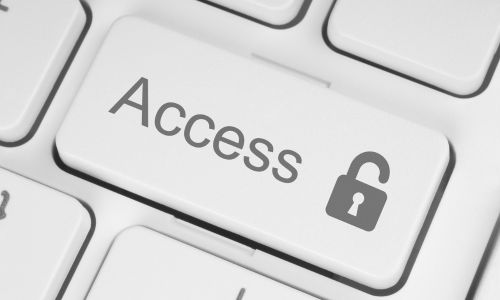
Resources for Open Access Publishing
The Directory of Open Access Journals (DOAJ) is "a community-curated online directory that indexes and provides access to high quality, open access, peer-reviewed journals." If you need to find an open access journal suitable for your research, this site is an invaluable resource.
PLOS, a non-profit open access publisher, created a guide for authors looking to publish in open access journals: HowOpenIsIt? This guide helps researchers navigate a wide spectrum of open access journals in terms of "readership, reuse, copyright, author and automatic posting, and machine readability." The guide is available in PDF documents in multiple languages.
The Open Access Scholarly Publishers Association (OASPA) offers other open access publishing resources for authors, such as best practices and other guidelines.
Besides these resources, you might also find help from a librarian along the road to open access publication. For example, the National Network of Libraries of Medicine (NNLM) offers open access and scholarly publishing resources, as do many university libraries (e.g., Concordia).
Where Can You Find Open Access Research?
A useful article by Wikipedia Librarian Jake Orlowitz, "You're a Researcher without a Library: What Do You Do?," details other research options available for independent researchers frustrated by paywalls, including local or university libraries. The next time you want to find out about a medical condition or recent scientific development, check out one of these resources.
How Can You Join the Open Access Movement?
Another initiative, the Open Journal Project, seeks to eliminate further barriers to knowledge sharing, such as language (e.g., lack of research translations into different languages), distribution (e.g., poor internet connections preventing the download of large files), and inclusion (e.g., failure to make documents accessible to people with disabilities). This project examines the practical dimensions of making research fully accessible to various groups.
Conclusion
If you believe that knowledge is power—and if you live in a democratic society where it is the citizens' responsibility to stay informed—then you might be a supporter of the move toward open access to research. As a scholar, you might simply desire the intellectual freedom to join the conversation with your peers, without the limitations imposed by a paywall. In any case, it is important to understand open access so you can use freely available information and make informed decisions about publishing your own work.
Perfect Your Paper before Sharing It with the World
Hire an Expert Academic Editor, or Get a Free Sample
About the Author
Scribendi's in-house editors work with writers from all over the globe to perfect their writing. They know that no piece of writing is complete without a professional edit, and they love to see a good piece of writing turn into a great one after the editing process. Scribendi's in-house editors are unrivaled in both experience and education, having collectively edited millions of words and obtained nearly 20 degrees collectively. They love consuming caffeinated beverages, reading books of various genres, and relaxing in quiet, dimly lit spaces.
